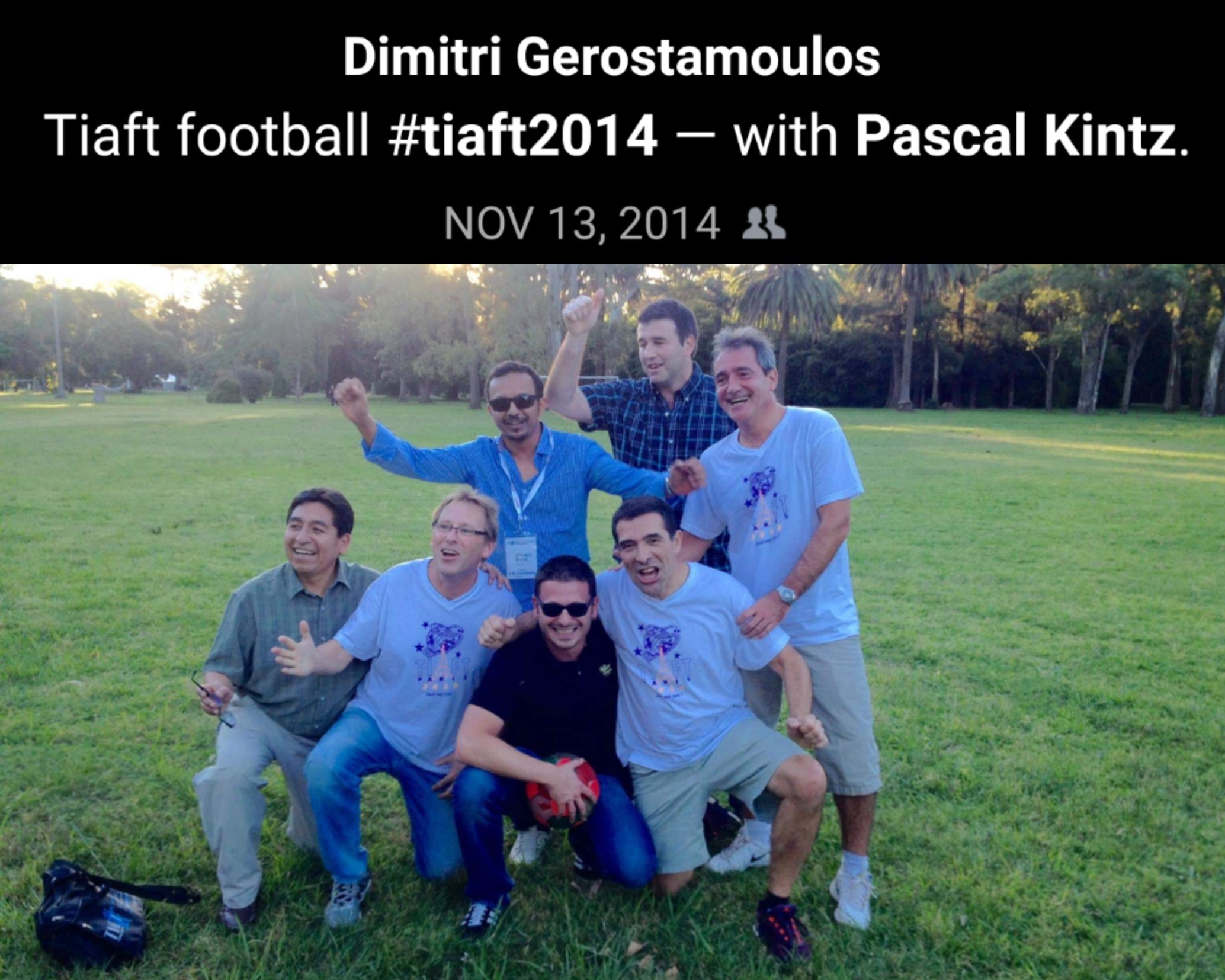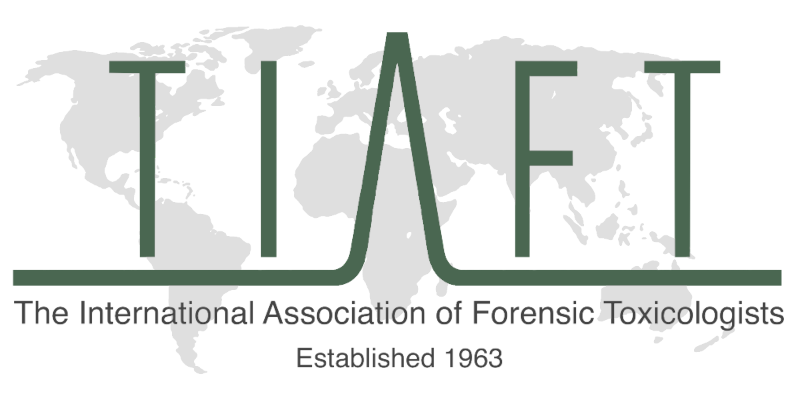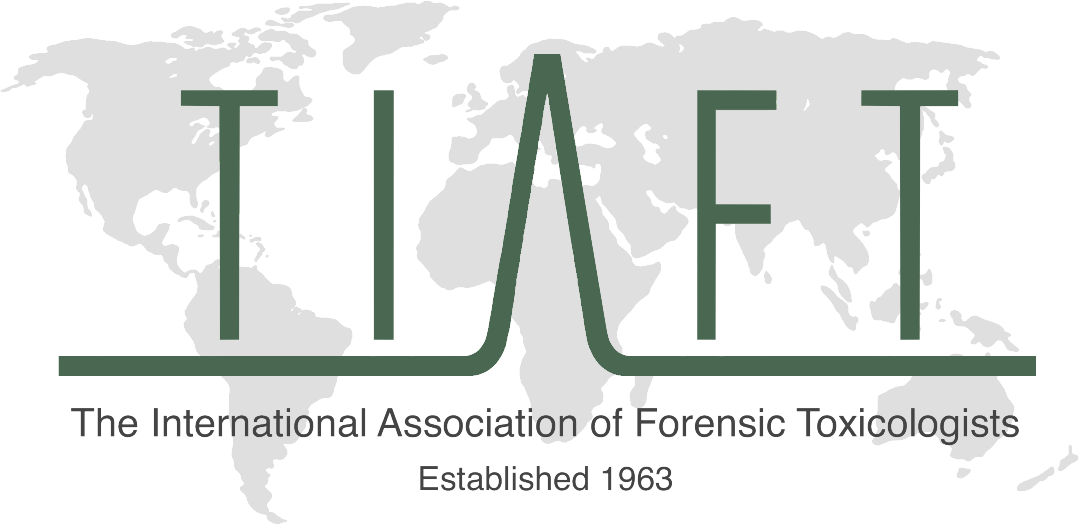Published on: 31-10-2022

Dear Members,
As we move towards the end of the year, many of our scientific meetings have come and gone for 2022. Last month I reported to all our members on the success of our TIAFT meeting in Versailles. As I am writing this message, I am aware that some of our TIAFT members will be attending the Society of Forensic Toxicologists meeting in Cleveland, Ohio in the United States. These meetings are always well attended and, of course, TIAFT and SOFT have held joint meetings in the past where toxicologists can meet and connect. For 2026 we have decided that we will again join our SOFT colleagues in Chicago. The organising hosts Luke Rodda and Andre Sukta have already commenced the long road to delivering this meeting for all of us. The last joint meeting was in Boca Raton (January 2018), which was delayed due to natural weather events, but nevertheless was still a terrific meeting.
One of the benefits of belonging to TIAFT is the access to readily available experts who can assist in providing education, training and, in some instances, expert advice. Over the last few years much of this interaction has been limited due to the pandemic but I am pleased to report that the opportunities are re-emerging. Last month one of my colleagues, Matthew Di Rago (from my Institute), was able to assist our Greek TIAFT colleagues (Vassiliki Boumba) in Ioannina to establish a multi-analyte, fast screening LC/MS method for medico-legal case investigations in Northern Greece. This project had been first identified in 2018 but just as the pandemic was taking hold, it was delayed until face-to-face activities could resume. Yes, the ability to connect virtually was helpful as much of the background work could be undertaken in preparation for an on-site visit – which happened just after our meeting in Versailles.
We also recently announced that the first Bryan S. Finkle Visiting Scientist Grant (BFVSG) was for training in Algeria. Alberto Salomone from Italy and Atika Bendjaama from Algeria will be working together to improve forensic capacity in Northern Africa. We look forward to hearing back as this work progresses and encourage those who missed out—and others—to re-apply for the next BFVSG which will be announced shortly. Again, this is another example of the tangible benefits to belonging to TIAFT.
Many of you know Serap Akgur (our regional representative from Turkey); and I am pleased to report that a very successful (virtual) regional meeting was held in mid-October, organised by Serap and her team. A full report will be available in the next Bulletin. These smaller meetings are very useful as stepping stones to either attending or hosting a future TIAFT meeting. For example, the Latin-American regional TIAFT meetings were instrumental for the hosting of the annual TIAFT meeting in Buenos Aires in 2014. These regional meetings continue, with the next one being held in Mexico (November 29 - December 2, 2022). This will be the 17th Latin-American TIAFT Regional meeting hosted by Carlos Enrique Díaz Otáñez and his team of organisers (hybrid [virtual and in-person] format).
As the current president, it is important for me to keep our membership up to date with the Board’s activities. We continue to meet monthly and ensure that all aspects of our association are in normal working order – this extends to financial responsibility as well as all of our requirements as a non for-profit organisation. We also endeavour to keep our website current and all of our important policies, procedures and records are kept up to date. We continue to seek enhancements for our members and very soon we will announce another education seminar. We are also seeking opportunities to expand our TIAFT network. Recently we reached out to our colleagues at the Asian Forensic Science Network as part of our strategic objectives for this term of the Board – we will hopefully have more updates in my next message. We are also refreshing our old flag with a new one - with our current logo. Once designed and manufactured, I will be bringing our new flag to our 60th Anniversary meeting in London in April. We will have more details for this special meeting on our website very soon.
Recently there has been much activity on the Organization of Scientific Area Committees for Forensic Science website (abbreviated to OSAC). For those members who are unaware of the purpose of this organization, its main objective is to improve the standard of forensic science. The toxicology subcommittee (many of whom are TIAFT members) focuses on standards and guidelines related to our discipline. Marc LeBeau has previously mentioned OSAC in many of his messages but it important for our members to know that there are many guidelines now published which provide best practice for standards in forensic toxicology. Best of all, these standards are freely available and can be used to provide guidance to those seeking to establish good scientific procedures in their laboratory, or when providing expert evidence in court or other medico-legal proceedings. There are also many standards in draft phase and so we should see many more of these documents in the future.
It is really important and necessary that we adhere to good practices as forensic toxicologists. From ensuring that we use validated methods and have continuity of evidence, to providing evidence-based interpretations and opinions, it is vital that we adhere to internationally recognised best practice standards that advocate for high quality toxicology. The standards we set and follow on a daily basis are so important for the work that we undertake. The ramifications of not following accepted practices and guidelines can result in false convictions, cases being re-investigated, children being removed from families and people losing their livelihoods from incorrect or poor scientific practices. And of course, no toxicologist will admit establishing these best practices is simple or quick to achieve – indeed it takes a lot of hard work, dedication, and resources to achieve these standards – but this is absolutely essential and non-negotiable in the work we perform. Which is why being part of TIAFT, with access to people, resources and capacity-building is so important.
The latest TOXPOD episode features Michael Evans-Brown (EMCDDA) Conor Crean, (UNODC) and Alex Krotulski (CFSRE) and is ably hosted by Tim Scott and Peter Stockham. This particular episode informs us about new NPS markets, detections and harms as well as the latest UNODC report on Current NPS Threats, new benzodiazepine trends and the importance of drug checking programs. There are now over 1150 NPS reported! On a very wet evening last week whilst driving home from work – this episode kept me company. Whilst the traffic moved slowly, the pace of NPS developments continues to move very quickly.
Until next time, take care
Regards
Dimitri Gerostamoulos
TIAFT President


